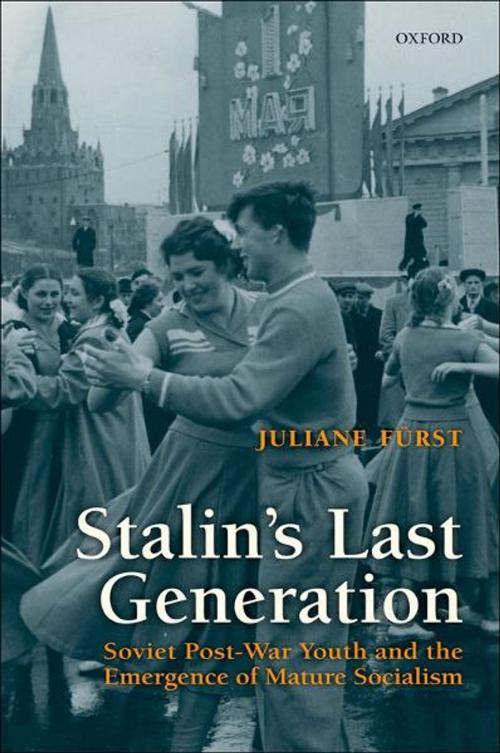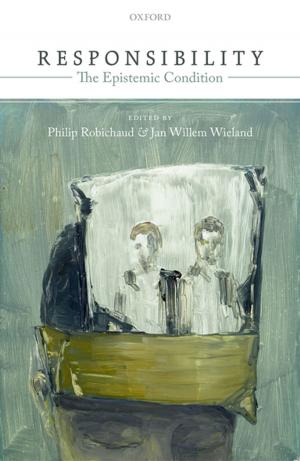Stalin's Last Generation : Soviet Post-War Youth and the Emergence of Mature Socialism
Soviet Post-War Youth and the Emergence of Mature Socialism
Nonfiction, History, Asian, Russia, Social & Cultural Studies, Social Science| Author: | Juliane Fürst | ISBN: | 9780191614507 |
| Publisher: | OUP Oxford | Publication: | September 30, 2010 |
| Imprint: | OUP Oxford | Language: | English |
| Author: | Juliane Fürst |
| ISBN: | 9780191614507 |
| Publisher: | OUP Oxford |
| Publication: | September 30, 2010 |
| Imprint: | OUP Oxford |
| Language: | English |
Stalin's last generation' was the last generation to come of age under Stalin, yet it was also the first generation to be socialized in the post-war period. Its young members grew up in a world that still carried many of the hallmarks of the Soviet Union's revolutionary period, yet their surroundings already showed the first signs of decay, stagnation, and disintegration. Stalin's last generation still knew how to speak 'Bolshevik', still believed in the power of Soviet heroes and still wished to construct socialism, yet they also liked to dance and dress in Western styles, they knew how to evade boring lectures and lessons in Marxism-Leninism, and they were keen to forge identities that were more individual than those offered by the state. In this book, Juliane F--uuml--;rst creates a detailed picture of late Stalinist youth and youth culture, looking at young people from a variety of perspectives: as children of the war, as recipients and creators of propaganda, as perpetrators of crime, as representatives of fledgling subcultures, as believers, as critics, and as drop-outs. In the process, she illuminates not only the complex relationship between the Soviet state and its youth, but also provides a new interpretative framework forunderstanding late Stalinism - the impact of which on Soviet society's subsequent development has hitherto been underestimated, including its role in the ultimate demise of the USSR.
Stalin's last generation' was the last generation to come of age under Stalin, yet it was also the first generation to be socialized in the post-war period. Its young members grew up in a world that still carried many of the hallmarks of the Soviet Union's revolutionary period, yet their surroundings already showed the first signs of decay, stagnation, and disintegration. Stalin's last generation still knew how to speak 'Bolshevik', still believed in the power of Soviet heroes and still wished to construct socialism, yet they also liked to dance and dress in Western styles, they knew how to evade boring lectures and lessons in Marxism-Leninism, and they were keen to forge identities that were more individual than those offered by the state. In this book, Juliane F--uuml--;rst creates a detailed picture of late Stalinist youth and youth culture, looking at young people from a variety of perspectives: as children of the war, as recipients and creators of propaganda, as perpetrators of crime, as representatives of fledgling subcultures, as believers, as critics, and as drop-outs. In the process, she illuminates not only the complex relationship between the Soviet state and its youth, but also provides a new interpretative framework forunderstanding late Stalinism - the impact of which on Soviet society's subsequent development has hitherto been underestimated, including its role in the ultimate demise of the USSR.















